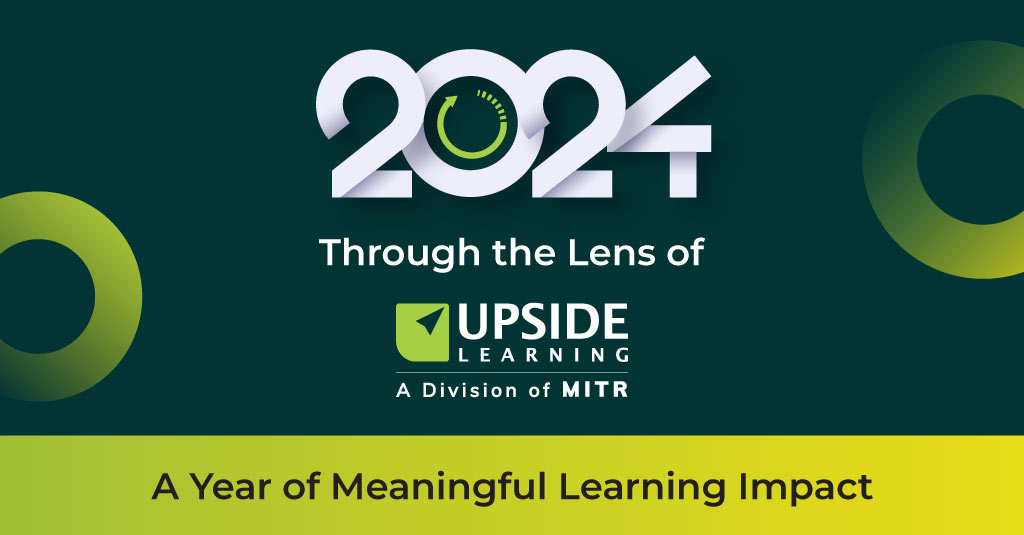You’re working on an important presentation, and halfway through it your system crashes. What do you do next? I’m sure many of you would say “I’d Google how to fix it”.
In the present times, we have a tendency to turn to YouTube, blogs, or podcasts to solve our problems or learn new things. Essentially, these are all examples of predominantly User Generated Content (UGC).
Since UGC is more relatable, companies are consciously focusing on leveraging the benefits of UGC. Some are even considering shifting to UGC entirely.
But can we find panacea in UGC?
Before we explore that, let’s see what UGC really is.
UGC is something that has been used for many years by people in different sectors, especially marketing. Some famous examples of UGC-based marketing campaigns include Apple’s #shotoniPhone campaign and Coca Cola’s Share a Coke campaign. For these campaigns, the audience either shared pictures clicked on their iPhones or shared an image of a Coca Cola bottle with their names on them. This helped the companies market their product through UGC.
In corporate learning, it is the content that is written and developed by an organization’s employees – a way for employees to share their existing knowledge and experiences with their colleagues.
Sharing knowledge and experience amongst peers? What a great way to learn, right?
Initially, that’s exactly what I thought.
But, after some research, I learned about the various limitations that UCG has. Even though it is a great way for sharing information that is relevant to the employees, there may be many things that can’t be communicated through this form of content delivery.
Here are some questions that come to mind when you think about implementing the concept of UGC.
1) How accurate is the content?
Since the content is being developed by the employees who are not necessarily subject matter experts, it may be of low quality, or include inaccurate information. Thus, the company may need to provide additional SME support in order to truly gauge if the content is significant enough to be shared with all employees.
2) How will the content be managed?
Once UGC is introduced in an organization, many employees might want to contribute and share information. Due to this, there will be a plethora of content that will be made available to the employees. The organization will need to provide additional resources to manage this content and provide a way for others to search for what they require.
3) Will all employees be willing to contribute?
While many employees may want to contribute and share their knowledge and experiences, there may be a percentage of employees who wouldn’t want to do the same. There could be many reasons for this including fear of failure, being unable to put down their thoughts, or simply because they don’t feel the need to do so. In such cases, how can a company motivate them to contribute?
4) Will this method of content delivery be accepted by all the employees?
Although we assume that since the world is progressing, so are our employees, this may not always be true. Firstly, since this method of content delivery is fairly modern, many older employees might have a hard time adjusting to it. Secondly, there may be many employees who might not approve of content developed by their peers or subordinates.
5) Will the employees be concerned about job security?
This method requires the employees to share their knowledge and expertise with the others, and many might not be comfortable doing so. This is mainly because employees with any kind of added expertise tend to be more valuable to their employers. Sharing information might cause them to lose this edge, or feel insecure about their jobs.
6) Can this method be used to deliver compliance trainings?
Topics relating to compliance require thorough content coverage and well-designed training interventions to be truly effective. A formal training approach is more likely to address such needs than an informal approach like UGC.
There may be other similar challenges that an organization can face when making the shift to UGC.
Does this mean that UGC doesn’t have any advantages? Of course it does.
Some great advantages of UGC are that it is user friendly, serves as a morale booster for the contributing employees, is time and cost efficient, and so much more. And I do believe it adds a lot of value to overall learning at an organization.
So, what should we do in this case?
Instead of focusing on making the shift entirely from traditional forms of learning to UGC, it would be better if we find a way to leverage UGC as one of the tools for L&D.
In my next post, I’ll discuss some successful examples of UGC.




















16 Replies to “User Generated Content: The missing puzzle piece”
Great post, I think you will find the Gamification Encyclopedia we created of interest at http://gamification.org . We created it to open the topic for collaboration and positive discussion to help take the concept to the next level.
Great post, I think you will find the Gamification Encyclopedia we created of interest at http://gamification.org . We created it to open the topic for collaboration and positive discussion to help take the concept to the next level.
Thanks Nathan, a quick perusal suggests it’ll be well worth the time for all game designers to contribute to the wiki and help advance the state of ‘gamification’ of activities in our daily lives.
This is a great initiative, and I will definitely participate. I’m very interested in games for learning, and will contribute with that view. Noticed there is an entire section about game mechanics which includes the three mentioned in my post.
Very cool!
Thanks Nathan, a quick perusal suggests it’ll be well worth the time for all game designers to contribute to the wiki and help advance the state of ‘gamification’ of activities in our daily lives.
This is a great initiative, and I will definitely participate. I’m very interested in games for learning, and will contribute with that view. Noticed there is an entire section about game mechanics which includes the three mentioned in my post.
Very cool!
http://www.youtube.com/watch?v=6O1gNVeaE4g An interesting Google tech talk, about gamification
http://www.youtube.com/watch?v=6O1gNVeaE4g An interesting Google tech talk, about gamification
[…] Game Mechanics for Learning from the Upside Learning Blog […]
[…] Game Mechanics for Learning from the Upside Learning Blog […]
I’d like to see actual examples of game design in education along with the open source tools/technology to make this happen, for example integrating it with WordPress. eg. when someone completes a quiz it updates their points, keeps track of what lessons were completed, etc.
I’d like to see actual examples of game design in education along with the open source tools/technology to make this happen, for example integrating it with WordPress. eg. when someone completes a quiz it updates their points, keeps track of what lessons were completed, etc.
[…] [5] http://www.upsidelearning.com/blog/index.php/2010/12/15/3-game-mechanics-to-include-in-learning-game… […]
[…] [5] http://www.upsidelearning.com/blog/index.php/2010/12/15/3-game-mechanics-to-include-in-learning-game… […]
[…] […]
[…] […]
[…] […]
[…] […]